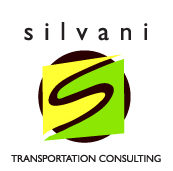Few companies can afford the significant investment required to fund transportation programs that will be effective in reducing drive-alone rates on their own.
But by pooling resources with others who either have similar needs or are in close proximity, it is possible to provide programs that will not only benefit many users, but can offer more services; be more efficient; less costly; and ultimately, be more sustainable.
Some are natural communities – such as medical centers or educational institutions, where fees are collected from various users to fund transportation programs. Other communities are based on proximity– such as a business park with common needs; while others create communities where it is both logical and mutually beneficial to do so.
Transportation Management Associations, Transportation Management Organizations, and various forms of Business Districts are three types of organizational structures that can be used creatively to form and fund transportation programs and services. These structures are normally established as either non-profit or not-for-profit organizations with governing bodies elected by the members. The members decide what programs and services to offer; establish budgets and a dues structure.
These structures offer several advantages:
- Affordability for individual members
- Arms-length protection from liability for individual members
- Ability to contract for professional management and service providers
- Collectively, higher levels of programs and services can be offered
- Increased efficiencies and sustainability through collaboration
- Value-added benefits including employee recruitment and retention; higher property values and/or lease rates.
- Overall, increased access to an area and reduced congestion and demand for parking
- Improved quality of life
Creating communities to address shared transportation needs requires thoughtful analysis and planning. Where are the logical boundaries; what programs services should be provided; and what level of investment by members will be necessary are the fundamental questions.

